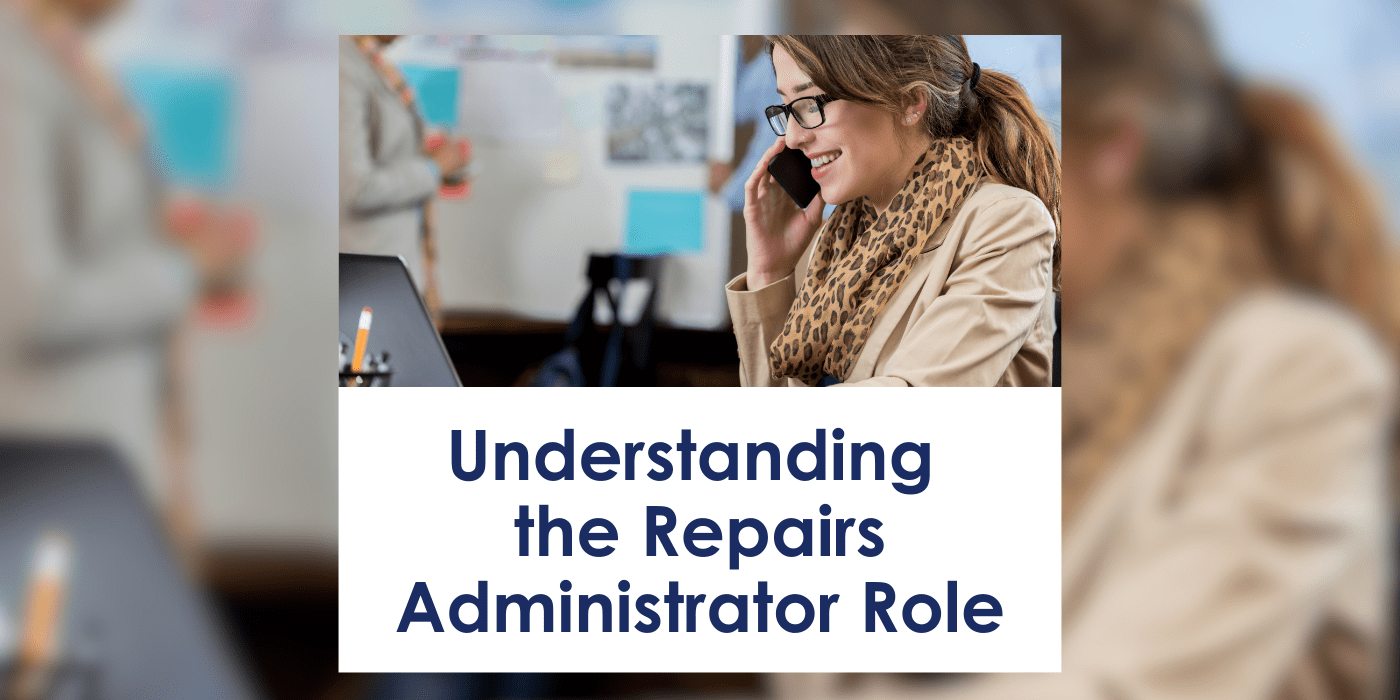
The Benefits of In-house training – Aerospace Edition!
20 Sept, 20245 MinutesFor an engineering career in aerospace, you need to have an eye for precision and an in...

For an engineering career in aerospace, you need to have an eye for precision and an innovative mindset while complying with high safety standards. Combine this with cutting-edge technology, and you understand why continuous training and development are essential.
After a certain point, it becomes more efficient for a company to develop their teams in-house, but many unknowns can stall the switch from external trainers. We’ve worked with many aerospace businesses to understand and break down the benefits and ROIs to help a decision to move training in-house.
Tailored Training
One massive advantage of in-house training is the ability to develop your teams tailored to your business. Instead of employees adapting the training they’ve received, your in-house courses can be specialised to your operations. Like the difference between learning about hot drinks and how to make a double-shot Americano.
So, what aerospace training could be made in-house?
- Human Factors and Error Management: Understanding human psychology, limitations, and error management is essential in preventing mistakes and ensuring safety.
- Advanced Composite Materials: Training focused on the latest materials used in airframes and other components.
- Propulsion Systems: Courses that detail jet engines. Rocket propulsion and green technologies in aviation.
- Regulatory Compliance: Keeping up with aerospace operations regulations and ensuring all practices align with international standards.
We recently interviewed Sonia Thomas, an industry professional. She talked to us about her experiences: “I did training courses in human factors and error management, which are critical in aerospace.”
Learn About Sonia's Experience>>
The Benefits of In-house Training
Why should aerospace companies invest in in-house training?
Enhanced Skill Development, More Frequently
With in-house training, employees gain skills relevant to their roles but at a higher frequency aligned with the business's goals. This is because the company is aware of potential skills gaps and upcoming projects and can work with an in-house trainer ahead of changes to operation and even regulatory requirements.
Cost-Effectiveness
Hiring external trainers is expensive. In-house training provides a cost-effective solution, with no travel expense to send employees away for training and utilising internal resources. Costs are controlled, budgets are met, and employees are advancing.
Teamwork and Collaboration
In-house training fosters a sense of teamwork. Employees from different departments come together, share knowledge, and work collaboratively. Leading to better communication, effective problem-solving, and a strong culture.
The Evolution of Training Technology
Digital technology has brought a shift to in-house training, making it easier for aerospace firms to run targeted sessions and quickly spot gaps in a teams knowledge. The forefront of this includes:
- Virtual Reality (VR) Simulations: VR offers immersive experiences, used for complex training like aircraft maintenance and emergency response drills. This helps the learner envision themselves in a situation, especially when scenarios are in settings familiar to the business.
- E-learning Platforms: Digital platforms provide flexible learning options, allowing employees to access training at their own convenience. In-house solutions can then be tied into company intranets, devices, and communication, all to help with the ongoing use and reference of training materials.
- Augmented Reality (AR): AR provides real time, interactive learning experiences, useful in hands-on engineering tasks. When developed in-house, its much easier to apply these AR solutions to company workshops and warehouses, increasing effectiveness of the training.
ROI of In-House Training
Continuous development is an investment in a team’s skills, knowledge and efficiency. By bringing in-house, it makes it much easier to pivot your team’s strengths and measure the results and quickly:
Employee Retention
Structured plans for training & development shows commitment to long term success. Investment made in a team’s development is linked to turnover rates, job satisfaction and loyalty. The businesses that invest the most in their team’s wellbeing and continuous personal development (CPD) retain staff longer.
Improved Performance
Well-trained employees are more efficient and productive. They can handle more technical tasks post training, boosting company performance, and In-house training makes it easier to continually refine a team’s effectiveness and patch smaller knowledge gaps.
Innovation and Competitiveness
Regular training helps employees stay up to date with new technology and trends, which means in-house courses allow businesses to quickly adapt to changing regulation and aerospace manufacturing. Ongoing training is also attractive for your recruitment, with structured development plans making your business (and jobs) more appealing to applicants, helping companies stand out in the job market.
In-house training is about aligning the business with employee development
Investment in training is crucial in Aerospace Engineering but bringing that in-house should not feel like a cost cutting exercise. Ensuring any training plans and CPD options are well structured and closely linked to a team’s day-to-day can help a business be more competitive, and more adaptable to market changes and improve its employee retention.


